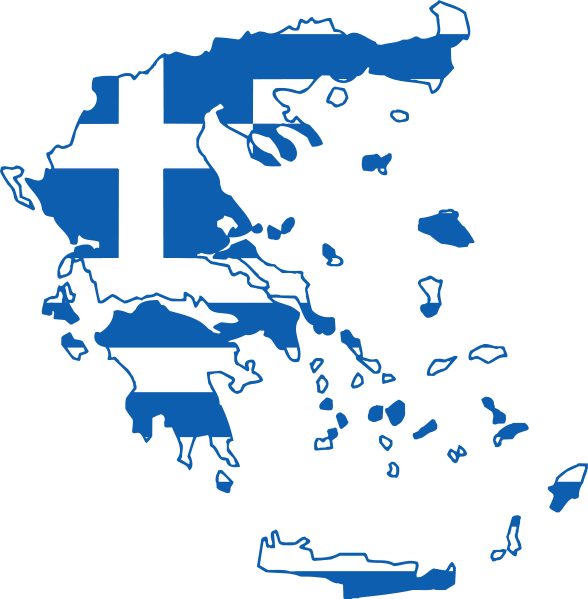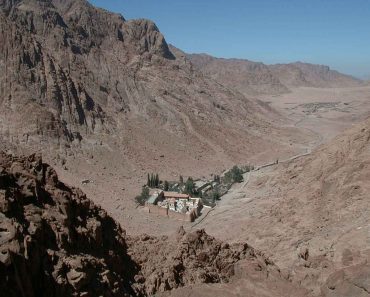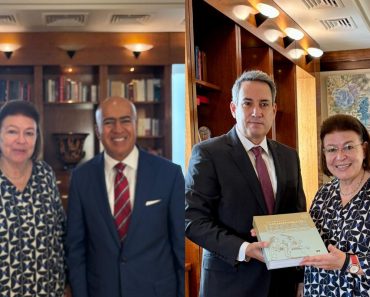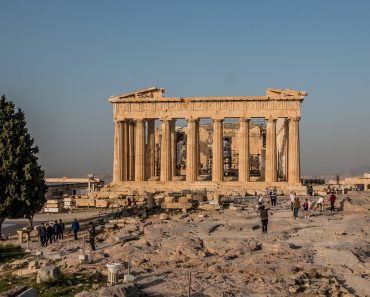Published on
September 24, 2025
The island of Kos is poised to re-open two of its emblematic landmarks—the Defterdar Mosque and its matched Moorish-style ablution fountain—shortly after a careful rehabilitation of the structures passes its finishing milestones. Both monuments have remained inaccessible since the impactful earthquake of 2017 inflicted wide-ranging damage on the fabric of the buildings. Current on-site activity is now converging toward the testing and concluding actions, with a staged programme for supervision and public dates for visiting already taking final shape. Soon, therefore, tourists and scholars will again have the right to access and examine these heritage artefacts.
The Greek Culture Ministry has revealed the remaining scope for the endeavour, a budget of 1.5 million euros concentrating on reinforcing the architectural carcass, treating historic fabric, and upgrading the interpretive environment of the mosque and its fountain. This concentrated work sits within an integrated programme for Kos, the Ministry allocating a total of 10 million euros to the longer performance both on these monuments and on a wider portfolio of antiquities on the same island. When all the components of the project arrive at respective finishing tones, Kos will have recommenced displaying a coherent mosaic of landmarked memory and noteworthy morphology, augmenting the realm for arriving visitors to non-contemporaneously decipher the layered chronology and hybrid engineering of the place.
The Defterdar Mosque: A Landmark of Kos’s Ottoman Heritage
The Defterdar Mosque represents one of the most consequential Ottoman monuments on Kos, encapsulating the archipelago’s long-standing ties to the Ottoman Empire. Erected in the 18th century, the building has embodied the island’s pluralistic narrative, and even in its present state, the edifice showcases the defining Ottoman architectural vocabulary. Signature design elements, such as the coffered dome, pencil-shaped minaret, and delicate stone and wood ornamentation, illuminate the stylistic refinement of its era.
The mosque will soon rededicate itself to the role of cultural beacon following a systematic conservation programme whose results confirm the building’s structural and aesthetic integrity. Situated on a prominent thoroughfare in the Venetian portion of Kos Town, the mosque constitutes a natural waypoint for cultural tourism focused on the island’s multifaceted religious and social past. Upon the re-opening, guided visits and modest scholarly programming will enable visitors of varied interests to engage firsthand with this landmark of Ottoman Kos and to appreciate the sophistication of its architectural solutions.
Moorish-Style Ablution Fountain: A Restored Treasure of Architectural Memory
Next to the Defterdar Mosque stands the Moorish-style ablution fountain, its elegant silhouette restored to prominence after the 2017 earthquake. Historically, such fountains prepared worshippers for communal prayer, while this particular example embodies the distinctive idiom of Ottoman geometric art. Ornamental arches, polychrome tiles, and finely sculpted spouts articulate the harmony of structure and ornament that defines Kosovo’s Ottoman heritage.
Current conservation efforts are anchored in archival research and provenance studies. Craftspeople have returned the mosaic tesserae to their original palettes, reinforced the limestone framework against further seismic stress, and restored the hydraulic assembly to its historical circulation pattern. Anticipated reinstallation of the silvery water veil will revive the ritual and aesthetic functions of the fountain, reintegrating it into the mosque precinct and reinforcing the layered cultural identity of the old quarter.
The renewed façade of the Defterdar Mosque, crowned by the soft patter of its restored fountain, encapsulates a comprehensive strategy to safeguard the cultural patrimony of Kos while establishing the island as a premier node for heritage-focused tourism. Surrounded by the monumental remains of the Ancient Agora and the venerated Sanctuary of Asclepius, the revived Ottoman mosque and fountain add a distinctive chapter to the narrative that visitors encounter, allowing for a richly layered understanding of Kosian civilisation that unfolds from classical Greece to the late Ottoman period.
Although Kos has historically attracted visitors magnetised by classical antiquity, the island’s Ottoman vestiges—reined by graceful minarets and intricate tile work—afford a compelling confrontation with the more recent past. The decisive allocation of state resources to the careful rehabilitation of these buildings constitutes a deliberate strategy to broaden the island’s cultural product and to entice a sophisticated, discerning clientele that seeks the interplay of the storied antiquity and the subtle, forgotten histories of the 19th century.
The reopening of the Defterdar Mosque and its associated ablution fountain significantly enlarges the spectrum of cultural and educational resources available to visitors of Kos. Within these expertly restored interiors, tourists will encounter an authentic Ottoman milieu, complemented by the distinct architectural elegance of the period, thus deepening their comprehension of the island’s Ottoman legacy. Such additions not only embellish Kos’s established heritage portfolio but are also likely to magnetise cultural visitors, scholars, and dedicated history students, fostering a richer scholarly and experiential discourse.
Complementary to the mosque and fountain, Kos remains replete with world-class educational venues, including the Kos Archaeological Museum, the Castle of the Knights, and the venerable Hippocrates Tree, attributed to the ancient physician. The innovative interweaving of the newly restored Ottoman landmarks with these pre-existing treasures affords a multifaceted visitor itinerary, thereby facilitating an integrative exploration of Kos’s chronological and cultural tapestry, from the ancient Greek to the Ottoman eras.
Sustainable Tourism and Preservation Efforts
The ongoing restoration of the Defterdar Mosque and its adjacent fountain epitomises Kos’s comprehensive programme of conserving cultural and architectural heritage for posterity. Present initiatives in sustainable tourism concentrate on reconciling tourist demand with the imperative of safeguarding the island’s environmental and historical fabric. In tandem with the Municipality of Kos, the Greek Ministry of Culture and Sports has codified heritage conservation in its tourism policy, safeguarding ancient monuments, regulating visitor access, and channelling resultant revenues toward environmental and historical upkeep.
The focus on the mosque and fountain illustrates the potential of cultural heritage interventions to advance sustainable economic models. Incremental capital injected for restoration generates direct receipts for local craftsmen and, in parallel, attracts global tourist networks. By reiterating and disseminating its historical narrative, Kos enhances its appeal to the discerning visitor, re-internalising capital flows and reducing leakage often associated with mass-market models.
Conclusion
The ceremonial re-dedication of the Defterdar Mosque and its Moorish ablution fountain epitomises and consolidates the island’s strategic orientation toward cultural tourism. The adjacent revitalised streetscape and visitor facilities afford an exemplar for similarly situated islands in the region and affirm Kos’s evolving narrative as an authority on sustainable heritage tourism.






